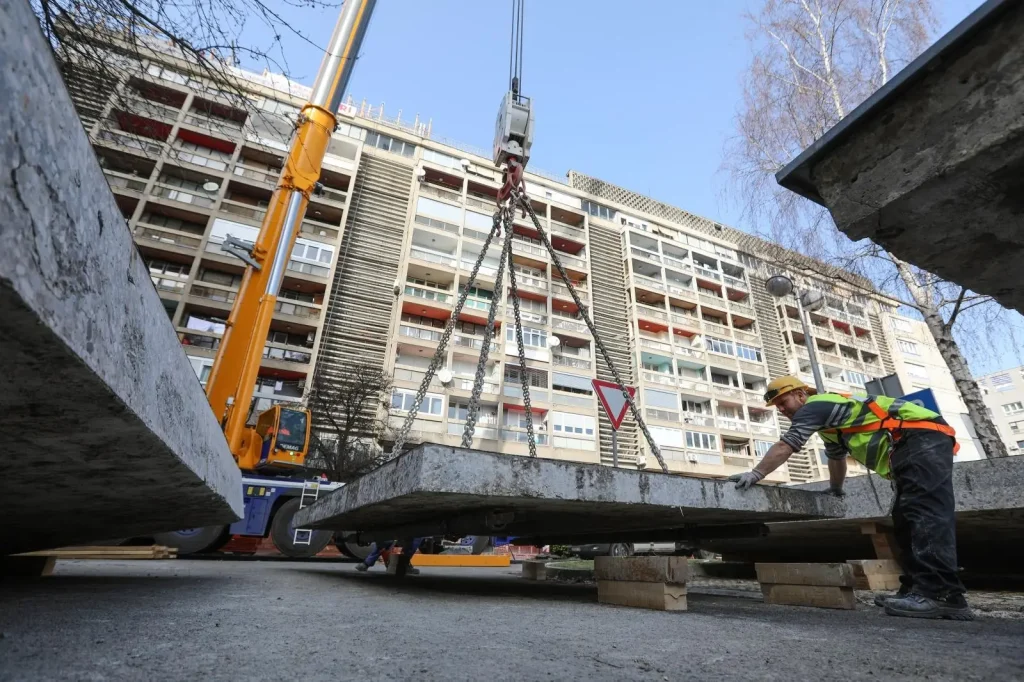The Croatian employment rate, as a percentage of employed persons in the working-age population, is 66.9%, which puts it near the bottom of EU rankings, alongside Italy (62.6%) and Spain (65.7%). The highest rates are recorded in Sweden (80.8%), Germany and the Netherlands (both 80%), and the Czech Republic (79.1%), while Greece has the lowest rate (61.1%).
Before retiring, Swedes work 42 years on average, the Dutch 41 years and Danes 40 years, while on the other hand, Italians work nearly ten years less (31.2 years), which is the shortest duration of working life in the EU. With an average working life of 32.8 years, Croatia positioned itself alongside other Mediterranean countries. The EU average is 35.7 years.
However, a shorter working life does not necessarily mean less work during employment, as shown by Greece. According to data for 2020, Greeks worked the longest hours a week in their main job (41.8 hours), overshooting the EU average of 37 hours by nearly five hours. Croatians also worked longer than the EU average (39.6 hours). On the other hand, the Dutch worked the shortest hours a week (30.3 hours).
In Croatia, just like in the EU, most of the people in work have secondary school qualifications. More than a third of Europeans and 29.8% of Croatians hold a university degree. Ireland has the highest proportion of people with a university degree (52.9%), while Romania has the lowest (22.1%).
The proportion of people with primary school or lower qualifications is 15.5% in the EU and 7.2% in Croatia. Portugal has the highest proportion of people with these qualifications (38.7%) and Lithuania the lowest (3.2%).
In Croatia, 14.8% of employed persons work on fixed-term contracts. According to Eurostat, Croatia, along with France, topped the list of EU countries on precarious work, with 4.6% of Croatian workers working on contracts of up to three months. In the EU, 2% of workers work in precarious jobs, with the lowest proportion recorded in Romania and the Czech Republic (both 0.2%).
Despite the coronavirus pandemic, unemployment in the EU did not reach the recession levels in 2020. In the last decade, the record unemployment rate in EU27 was recorded in 2013, of 11.4%, after which it continually decreased until 2019. In 2020, the EU unemployment rate was 6.7%, up by 0.4 percentage points over 2019.
Last year, the highest unemployment rates were observed in Greece (16.3%), Spain (15.5%), and Italy (9.2%). In Croatia, the unemployment rate was 7.5%, compared with 17.3% in 2013 and 2014. The long-term unemployment rate was 2.5% in the EU and 2.1% in Croatia.
The gap in employment rates between women and men was 11.3 percentage points in the EU in 2020, according to Eurostat. The highest gap was observed in Italy (19.9 pp) and the lowest in Lithuania (1.7 pp). Croatia ranked below the EU average at 11.29 percentage points.
In the EU, a third of seats in national parliaments and governments were held by women (32.7%), with the highest proportion recorded in Sweden (49.6%) and the lowest in Hungary (12.6%). Croatia ranked close to the EU average, with 31.1% of parliamentary seats held by women.
According to data for 2020, 4.5% of employed Croatians worked less than full time and 3.1% worked from home. By comparison, a quarter of Finns and 1.2% of Bulgarians worked from home. The EU average was 12.4%. Also, 179,100 Croatians (11.1%) were self-employed.
For more about politics in Croatia, follow TCN’s dedicated page.












